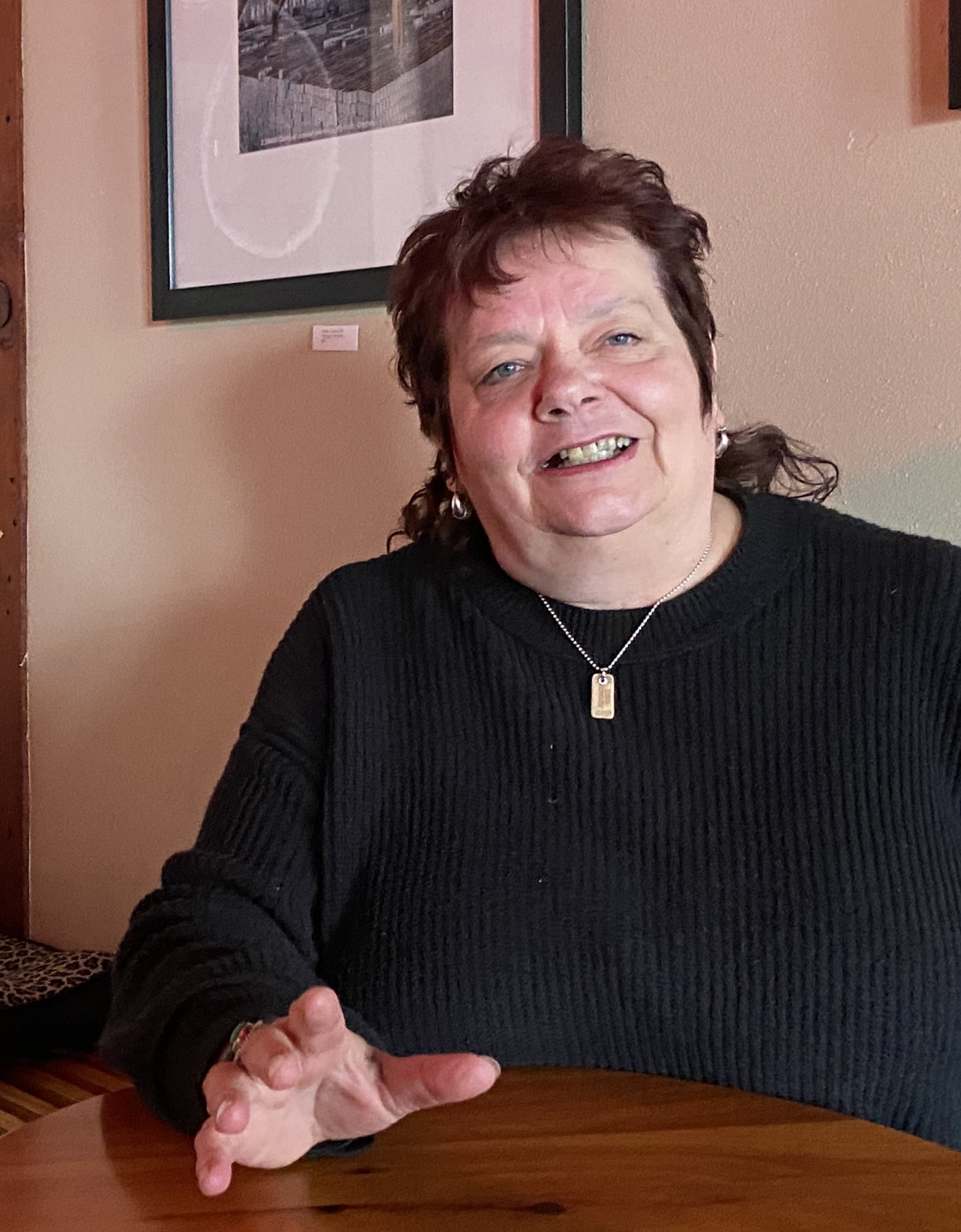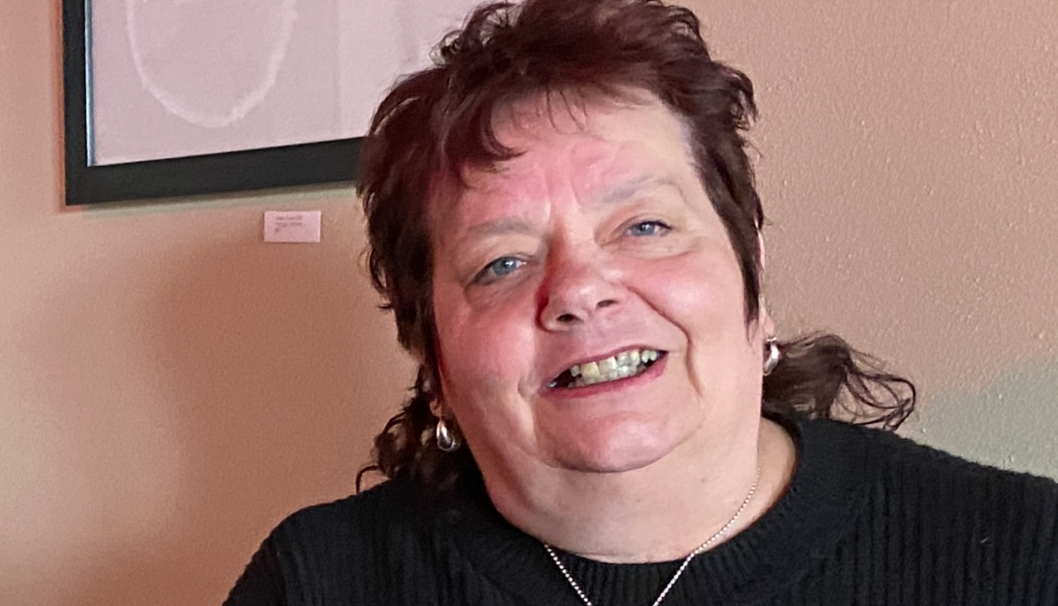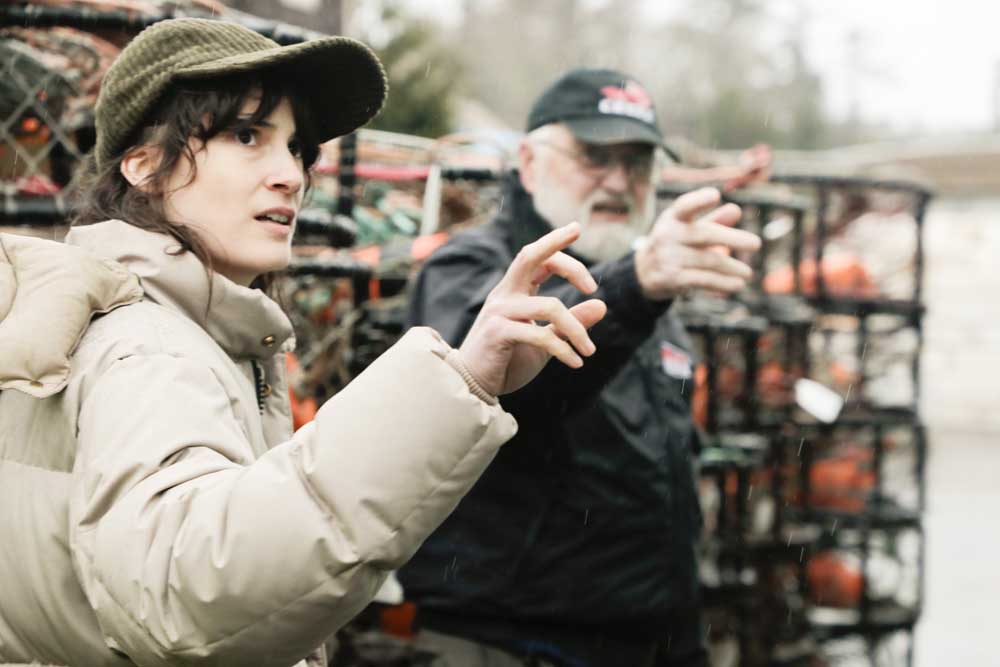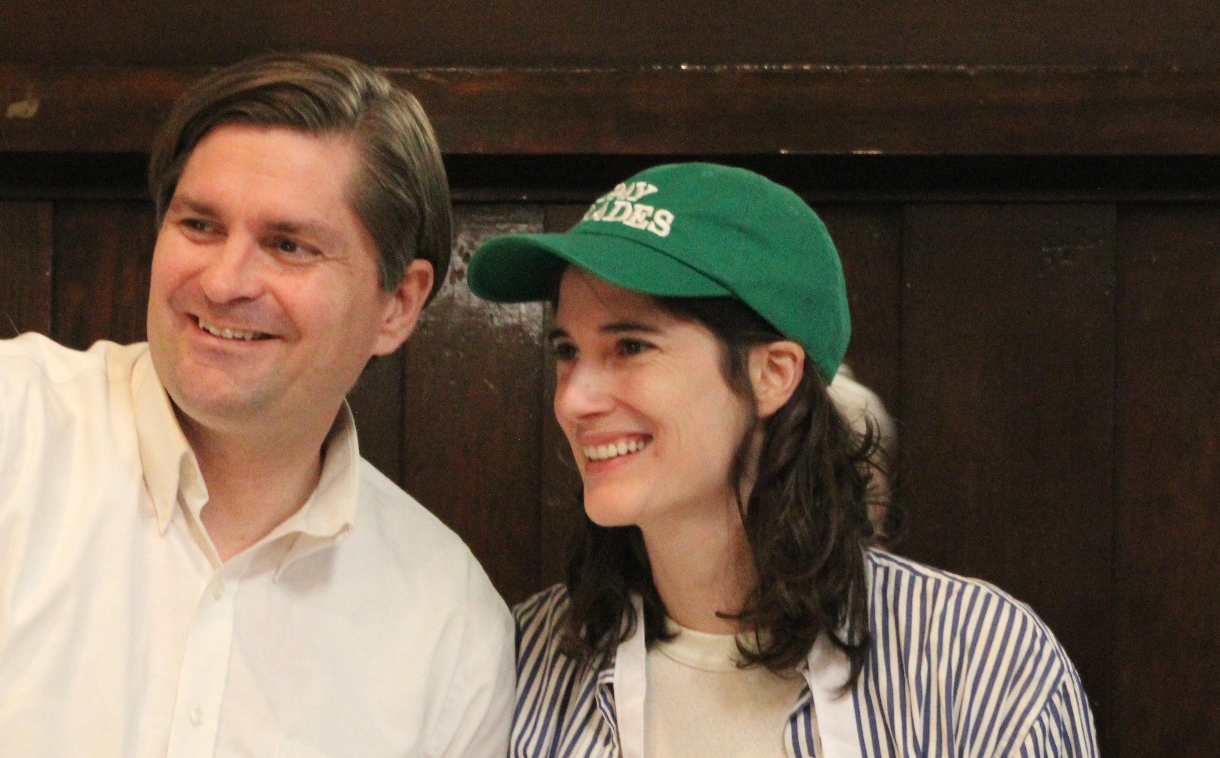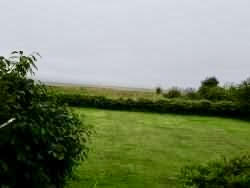Coast Chronicles: Homage to Astoria series — The remarkable Dinah Urell
Published 12:30 pm Sunday, July 20, 2025


I’ve long-admired Dinah Urell, Astoria native, co-founder and publisher of HIPFiSH Monthly, and owner and manager of Kala, the live music and performance venue at 1017 Marine Drive. I had the chance to sit down and talk with Dinah about her life and Astoria community-building projects. Here’s my interview with one of our region’s most committed and creative movers and shakers.
Cate Gable: My first question is simply, How do you do it all?
Dinah Urell: [She laughs, hard, pauses, and then says] I’m a Gemini with Virgo rising, and moon and Mars in Aries!
Trending
CG [I laugh too]: You’ve got a lot going on there!
DU: I think that, well. . .the act of organizing is something that I excel in obviously.
CG: Does that mean you’re good at delegating, is that part of the magic?
DU: I’m good at delegating…all tasks to myself! Well, I have to say, there is a passion behind HIPFiSH for this region that drives the publication. HIPFiSH started in 1997, co-founded by myself and graphic designer Ramey Holsman.
CG: What was the catalyst for HIPFiSH?—it’s obviously serving a need.
DU: I came back from Los Angeles to Astoria, my roots, my home town. I was in LA for six or seven years and I worked for Stephen Dunn & Associates, a premier company that managed tele-funding for non-profit art organizations — major ballet companies, symphony orchestras, opera companies, public radio stations, etc. Before that I was living in Seattle, I went to LA for the job.
Trending
CG: What made you decide to come back home?
DU: I went on hiatus from LA, and my job, which was project oriented. My father was not doing well, and it had been a long time since I’d spent time with my family members, except visiting for holidays. It was the summer of ’94. Astoria was still rising from the ashes of the depletion of a downtown economy due to big box stores and the downturn of the fishing and cannery industries—this was before the River Walk, oh boy, that really changed things. I felt Astoria was on the verge and that there were many creative people here, the seeds of Bohemian Astoria. There was KMUN, and the Columbian Café, The Ship Inn and Café Uniontown where lots of creatives gathered, plus the Queer community had formed the North Coast Pride Network.
At the same time that we decided to start HIPFiSH, The River Theater was in the works and Jeanine Grafton was working on opening RiverSea Gallery.
The LA Weekly became my Bible when I lived there. LA was so huge—the Weekly was a way to connect with this humungous city, like a cultural map, and there were always interesting political essays mixed in with all the other stuff and that was really exciting to me, to have these fresh words from people that lived in LA. I still remember one essay written about reclaiming the American flag as representation of all peoples in America —it was so beautiful, artful, and passionate. I felt strongly about the alternative weekly as a mode of journalism.
CG: Had you done any journalistic work before?
DU: When I was in LA, I worked in advertising for Playbill [a theatre publication ] and Artforum [criticism and analysis]. Ramey Holsman had worked in the graphics departments of the Oregonian and the Hillsboro Argus. So we decided to combine our skills. Before we set out to create HIPFiSH, we had both worked together to put out the quarterly newsletter for the North Coast Pride Network. It sort of set us in motion.
CG: Where did the name come from?
DU: Well, we just started throwing non-sequiturs around. I said, we have to have fish in the title and Ramey said, well, it needs to be kinda hip. Then she stammered, “hip … fish … hip … fish … HIPFiSH!” And I was like, huh? It wasn’t obvious at first. I had to toss it around for awhile. Then she said we have to have a logo and I said how about a fish that looks like a flying saucer. So it’s a flying fish. It turned out great, didn’t it! It looks like the UFO that flew over our house. [We spend some time talking about all the UFO sightings that have been reported over Astoria. Really.]
CG: How many writers do you have?
DU: Many writers. Writers come and go, it’s always changing. But the strength of the publication is local voices. Writers contributing in their area of expertise and passion, and writers coming from varying backgrounds in the writing craft.
CG: I’m just amazed at all the information you gather together.
DU: There’s lots of info to be published. Lots going on here in the mighty Lower Columbia Pacific Region. HIPFiSH used to be the large vertical tabloid. We see the size of newsprint broadsheet continually shrinking, which of course makes the tabloid magazine smaller. More to write about, and less room to write it.
CG: How long does it take you?
DU: Well, you’re working with feature writers and ad stuff. Then you start gathering other various info and imagery, and contributions from columnists. Their deadlines are the 20th of the month—do you think that ever happens? [More laughing] Putting a monthly rag together is a process from story gathering to layout. I edit everything, every piece, every word. And at deadline time, somehow it all come together, and it’s taken most of the month.
CG: You’ve kept it free.
DU: It’s always been free. It’s about a “street” kind of accessibility.
CG: OK, let’s talk about Kala, your live music venue. Do you know it means money in Hawaiian?
DU: Yes! But in Finnish it means fish! Number 10 Sixth Street burned in December 2010 [the original office location] so HIPFiSH needed a new place. I was a little traumatized. I wanted a place where a prayer flag made of a string of HIPFiSH covers would look good, and this building had a perfect loft railing. The Occident Building had been beautifully renovated with nine storefronts but this particular storefront had sat empty for eight years. So I made an offer and got it for half price for the first six months.
Originally, when I saw this building I knew I didn’t need this much space for HIPFiSH—with file sharing I didn’t even need to be in the same room with my staff—but I had to have it! I had no plans for a performance venue, but I thought “Oh we can have community events here.” But then the idea came up with friend Rebecca Rubens, artist and curator, to use these great walls for art. And I said, “Yea, let’s put on a show.” Well, then we needed a name for the space. So, what’s the Finnish word for fish, “Kala!” That was fall of 2011.
So we started having art shows. Then another artist friend said, “You should put a stage in the corner.” So we did. It has since been refortified professionally. My longtime friend Les Kanekuni moved to Astoria from NYC. With his love of music and sound production we have gradually developed a professional sound stage. I think aside from the Liberty and the Coaster Theatre and the PAC, we’re probably the only venue on the North Coast with a professional sound stage.
It’s an intimate venue and a concert space as opposed to a bar that has music. We’re a concert stage that has a bar. We love presenting a diversity of music genres, from jazz, to roots music, folk, ethnic and experimental. I guess you could call it the musical third space. The high ceilings and wood fir floors create a natural acoustic sound, and with the quality sound stage, artists are able to convey their sound at a high level. The audience is completely engaged—you have that beautiful communication. I call it a caldron.
CG: Tell me about you.
DU: I grew up in Astoria and as a kid I was always organizing the neighborhood kids to do plays and crazy things. In high school I worked for the newspaper, The Astor Post. I was the one of the main photographers for the paper, and I wrote things, but I really loved photography. Hanging out in a real darkroom is amazing. And I was in the chorale. So those were two things I loved. I went to the University of Oregon School of Music for choral and vocal training. I’m still actively a singer and performer. I’ve worked on all kinds of creative projects, from films to creating music for performance and putting shows together. Being in Eugene in the ‘80s was really opening for me because there was so much independent art. First I thought I was going to be a choral teacher, but then I took a break and most of my college pals had left and there were all these amazing independent art forms and artists happening that were so opposite academia—and that changed everything for me. I didn’t feel like my spirit wanted to be in formal education anymore.
CG: So then what did you think you were going to do?
DU: Well…this! [more laughter]


